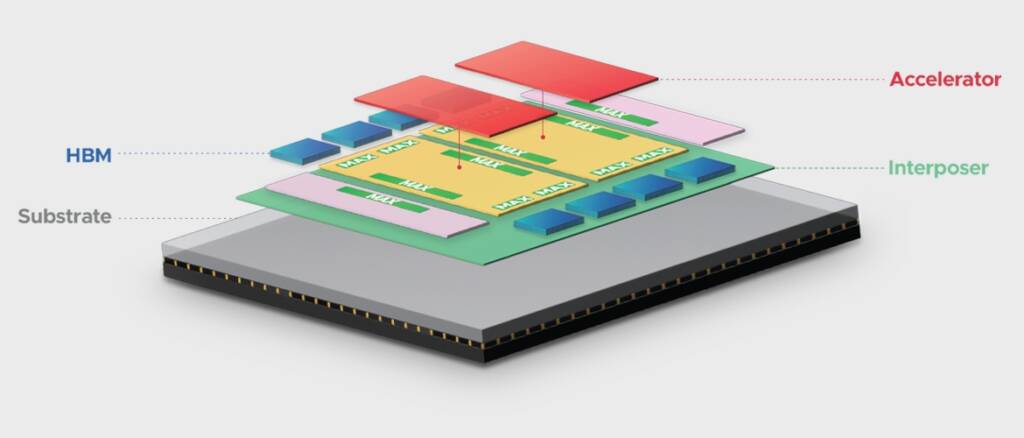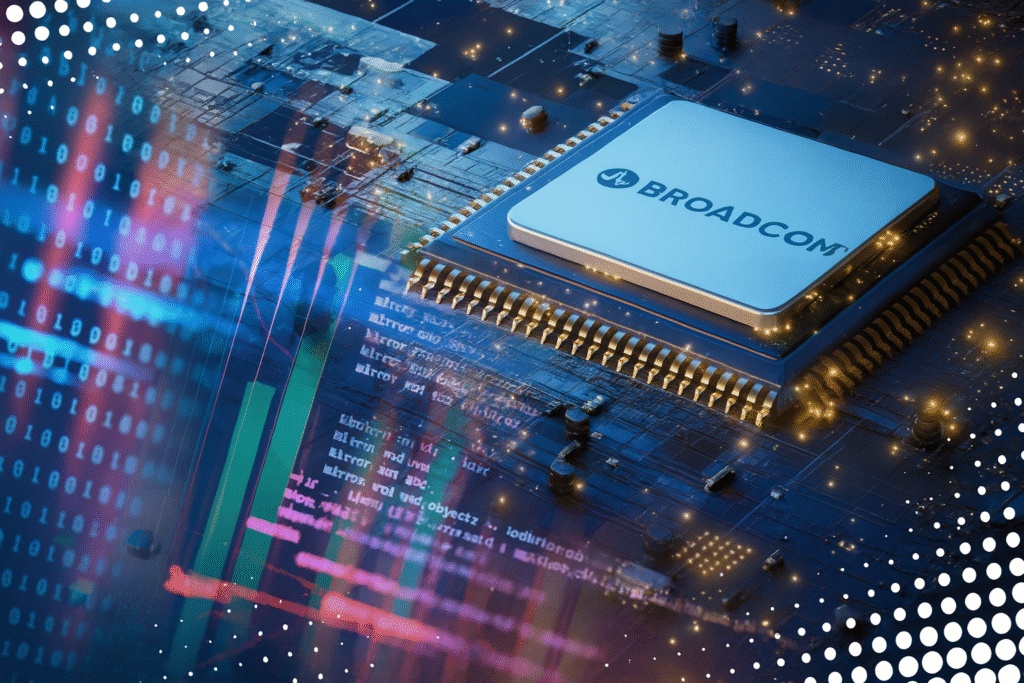Imagine you build an amazing house, but every time you need tools, you have to rent them from your neighbor. And if he raises prices, or doesn’t have what you need… you’re left waiting. Something similar was happening to OpenAI. Although it developed some of the most powerful artificial intelligence models in the world, it was almost entirely dependent on a single vendor for the hardware that made them work: Nvidia.
But that’s about to change….
Tailor-made chips: OpenAI's masterstroke
OpenAI has just announced a strategic alliance with Broadcom, one of the world’s semiconductor manufacturing giants, to create its own custom artificial intelligence chips. Yes, it has its own tools.
The plan is ambitious: to develop and deploy 10 gigawatts of computing capacity over the next few years, a figure that far exceeds anything OpenAI has in place today. To give you an idea, that’s like powering the electricity consumption of more than 8 million homes in the U.S. It’s a veritable powerhouse dedicated to artificial intelligence.
And the most interesting thing: these chips, known as “XPU“, will be designed by OpenAI according to its own needs, and manufactured by Broadcom. It’s as if Apple decided not to use Intel processors and instead design its own – as it already does with its M1 and M2 chips. What it achieves is control, efficiency, and freedom.

Why is this so important?
Until now, most AI models (such as ChatGPT) ran on GPUs from Nvidia, the undisputed leader in such chips. But that dependence comes at a cost:
Shortage: Nvidia GPUs are hard to come by due to very high demand.
Price: They are very expensive. This raises the costs of training and maintaining AI models.
Imposed pace: Depending on a single supplier means adjusting your plans to their timing, progress and priorities.
OpenAI realized that if it wants to take AI to another level – faster, cheaper, and more accessible – it needs to control more parts of the process. Designing its own hardware is a logical (and strategic) step in that direction.
What does OpenAI gain from this alliance?
Technological independence: By designing its own chips, OpenAI can free itself from Nvidia’s roadmap. It no longer has to wait for new models to come out or depend on market pricing.
Customized efficiency: The new chips will be optimized exclusively for OpenAI models. That means tasks such as generating a ChatGPT response could be faster and consume less power.
Lower costs: According to experts, a large part of data center spending comes from chips. By manufacturing its own accelerators, OpenAI could reduce these costs significantly.
Large-scale capacity: 10 gigawatts is not just a huge number – it’s a bet on the future. It means OpenAI is preparing for an explosion in demand for AI, both for training and for inference (the part you and I used when asking ChatGPT a question).

What about Nvidia - is it losing ground?
Not necessarily, at least for now. Nvidia remains a dominant player and will still supply OpenAI with some of its future capacity. In fact, it is estimated that Nvidia will invest up to $100 billion in shared infrastructure with OpenAI.
But the message is clear: exclusivity is over.
OpenAI, like Google, Amazon or Apple before it, understands that the future of technology is about having control over every critical part of your system. And the chip – the “brain” of AI – is too important to be left in someone else’s hands.
What does this mean for the future of AI?
This move marks an inflection point. Just as big tech moved from using third-party servers to building their own data centers, we are now seeing a transition to custom AI hardware.
In other words: if before the competition was in algorithms and models, now it is also in chips.
The partnership with Broadcom is just the beginning. OpenAI has also closed deals with AMD and continues to work with Nvidia. But the strategy is clear: diversify, scale, and optimize.

Artificial intelligence is not just software. It’s a race for control of infrastructure. And OpenAI, by designing its own chips with Broadcom, is building the highway on which its future models will run.
The goal? More powerful, faster, cheaper and, above all, more powerful AI. independent.
How do you think our daily lives will change when this new generation of AI becomes widely available?
Have a good week!




